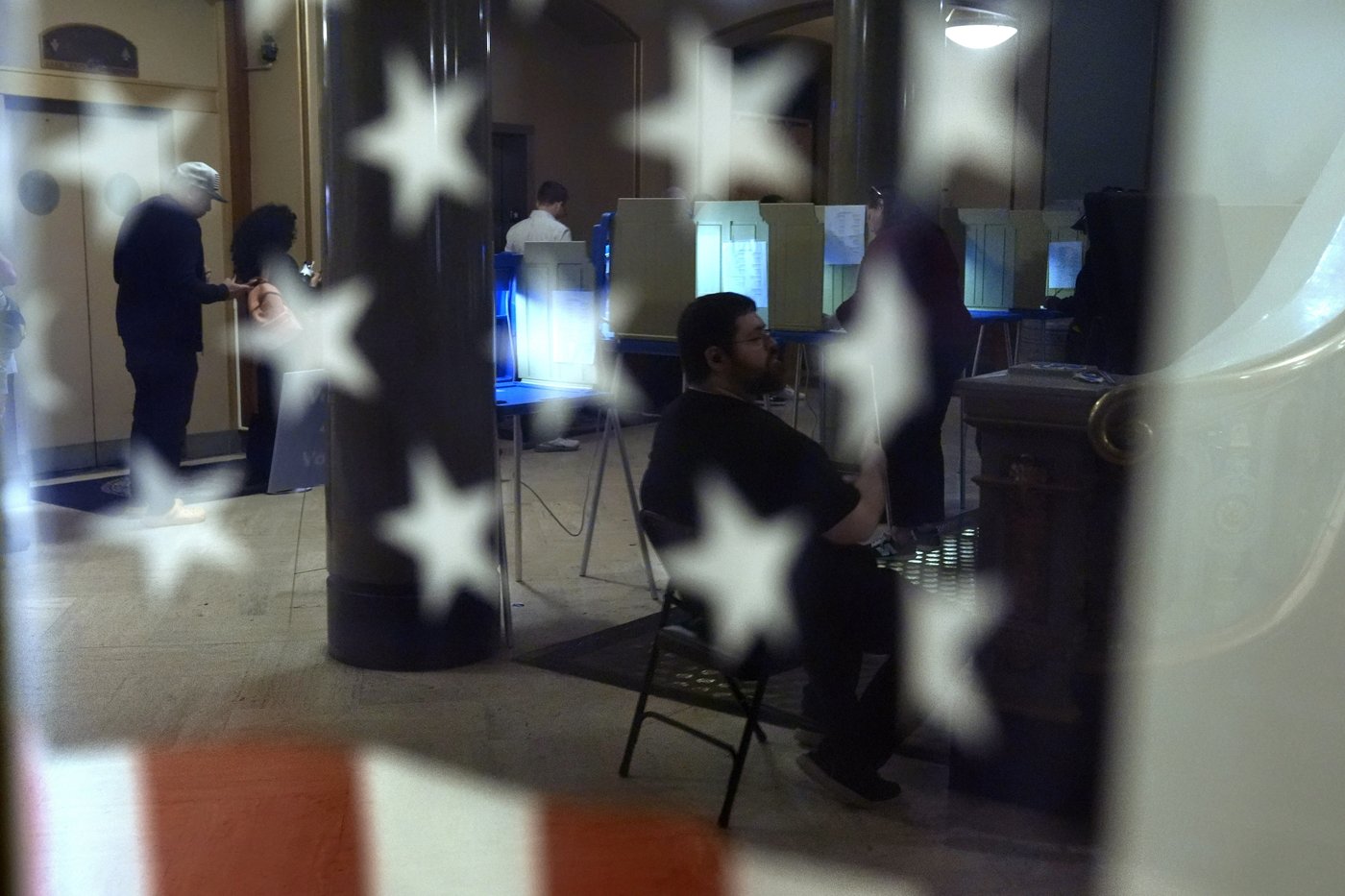Canada
Why so many elections in 2024? Chalk it up to the ‘beauty of math,’ says professor

ST. JOHN’S, N.L. — Tuesday’s vote in the United States may be dominating social media feeds, but it is just one of more than 70 national elections that will have taken place this year by the end of December.
Mauritanians went to the polls in June, the same month Mexico elected its first female president and Prime Minister Narendra Modi declared victory in India. Azerbaijanis and Indonesians voted in February. Iceland goes to the polls on Nov. 30, Ghana on Dec. 7.
“This is the biggest election year in human history,” the United Nations Development Program says on its website. “Half of the world’s population — some 3.7 billion people — will have the opportunity to go to the polls in 72 countries.”
In Canada alone, four provinces held or will hold provincial elections this year: New Brunswick, Saskatchewan, British Columbia and Nova Scotia.
For mathematician Rebecca Tyson, 2024 is a simple yet beautiful example of how periodic systems — even messy human ones — will briefly fall into step with one another.
“It’s something that looks amazing, but really, it’s just this interesting property of oscillators that every once in a while, they’ll all line up,” the University of British Columbia professor said. “It just happens. Which is pretty cool.”
Perhaps you’ve seen a video of a pendulum apparatus, where pendulums of different lengths hanging from a central rod are set swinging at different times and somehow seem to fall briefly into synch, making a coherent wave in unison. As the swinging continues, they scatter, falling back out of step.
This is an example of oscillators lining up, Tyson said in a recent interview. And this is roughly what happened with all these elections lining up in 2024.
Give or take a few early snap elections or other political upsets, elections are periodic, like a pendulum, though imperfectly so. The United States holds elections every four years. In India, general elections occur every five years. In Azerbaijan, a vote is held every seven years.
If we represent each country with a pendulum, with its length and period corresponding to the country’s election cycle, this year — 2024 — is a point at which they all swung in unison, just for a moment.
The same thing happens with planets, Tyson noted. Each takes a different amount of time to complete one full orbit around the sun. Most of the time they’re zinging around completely out of sync with one another. But sometimes, some of their trajectories can line up, she said.
For example, Mercury, Jupiter, Venus, Uranus and Mars were roughly aligned near the moon in March of 2023, and they were briefly visible in a line that stretched from the horizon to roughly halfway up the night sky.
Tyson acknowledges it might seem surprising that the orbits and periods of planets and pendulums could be compared to election cycles, which are far more prone to disruption. Elections are “noisy” or imperfect oscillators, she said. “But every once in a while, even noisy oscillators line up.”
Barring noisy disruptions, it will be another 420 years before all of the countries with four, five, six and seven-year election cycles expected to vote in 2024 will all vote in the same year again, said Pouria Ramazi, an assistant math professor at Brock University. That’s because the lowest common multiple of four, five, six and seven — the smallest number that can be divided by each of the numbers — is 420, he explained.
To figure out when, for example, Azerbaijan and the United States will have an election in the same year again — barring any surprises, of course — just take the lowest common multiple of their election cycles: seven and four. In this case, it’s 28.
“That’s just a simple example of the beauty of math,” Ramazi said in an interview.
— With files from The Associated Press
